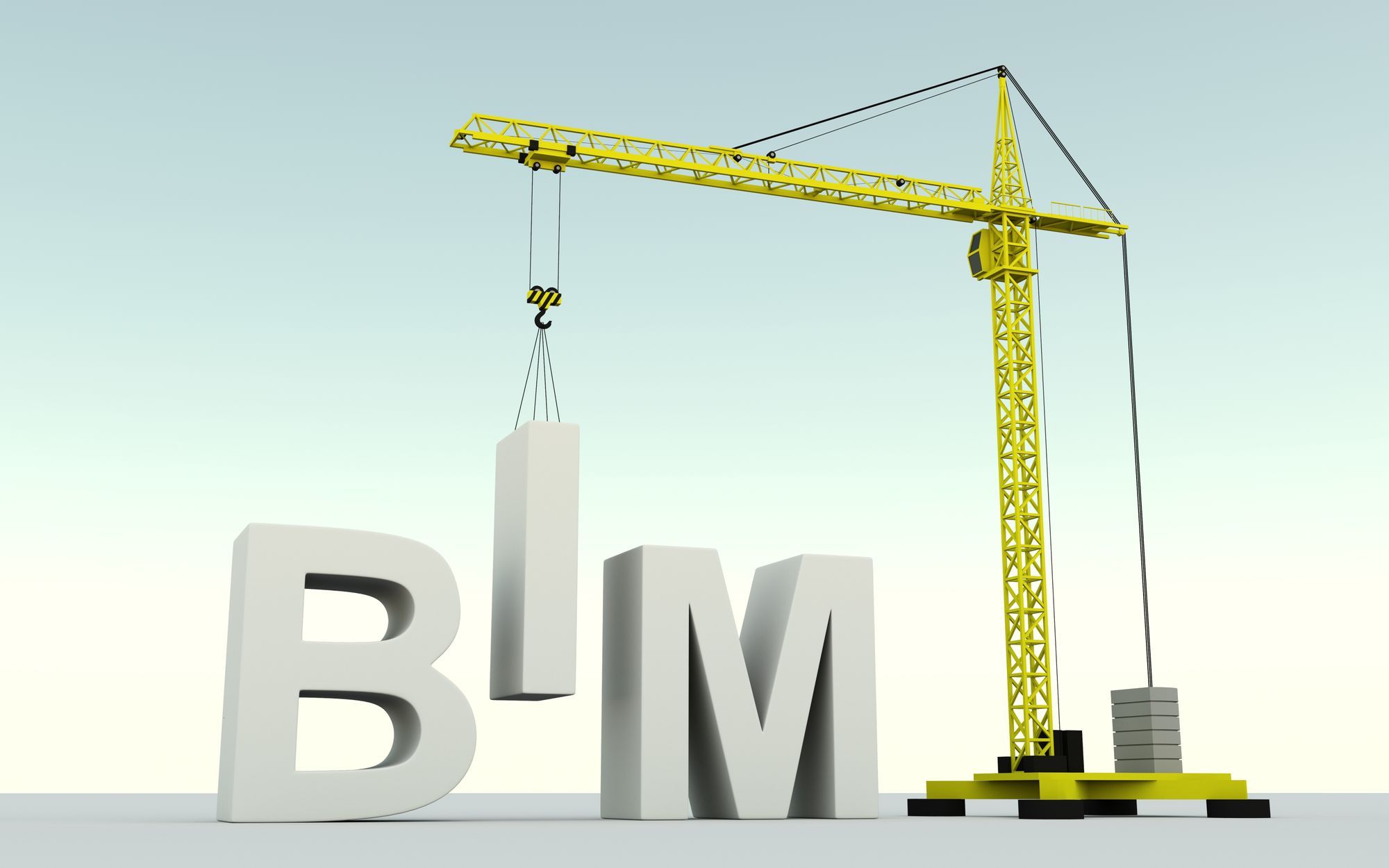With 3D modeling more widely adopted as standard practice, project teams are realizing the benefits of constructible models, which is opening the door to leverage Building Information Models (BIM) during estimating.
Over the years, estimating methods have evolved from hand written and spreadsheets, to on screen digitizing take-off, all of which can be time consuming and leave a great deal of room for error. With a 2D drawing, it’s also impossible to identify potential conflicts and other factors that can’t be measured on a piece of paper. With an inability to visualize exactly what the structure will look like once it’s constructed, there is often less confidence in the estimate, which leads to more “padding.” In other words, you lose that competitive edge that comes with a tighter bid.
By bringing BIM into the estimating phase of a project, contractors can extract quantities directly from the model faster and with greater accuracy. It also makes accommodating any changes to the project goals much easier and provides the flexibility to quickly turn around estimates with more certainty. All of this equates to a significant advantage in outbidding the competition and ensures the project is not under bid.
Constructible is Key
It’s important to make the distinction that a constructible model that is detailed, accurate and can actually be constructed, is at the heart of model-based estimating. Using a purpose driven modeling software, estimators can quickly create a constructible model with a high level of detail and a small file footprint that will not only provide accurate quantities, but will also inform decisions throughout the project’s progression.
With the Benefits of Model-Based Estimating, Why isn’t it Widely Adopted?
Research shows that BIM is rarely used for estimating due to the perceived cost and time it takes to complete a 3D model. However, with the right software in place, creating a 3D model for accurate quantities during estimating shouldn’t take more time than traditional methods, and could even take less.
Sure, the accurate quantities generated with model-based estimating can help achieve bidding success, but a constructible 3D model provides benefits beyond estimating and throughout the project lifecycle. With model-based estimating, the work put into creating the model can be leveraged by other project stakeholders who will continue to add constructible information to that same model, rather than starting from scratch. All of this information is lost when a project’s workflow is based on traditional 2D documents.
Other benefits of model-based estimating:
- the 3D model can also be used for schedule forecasting and resource planning;
- change management is simplified; when a change is made to the model, the estimated quantities can be easily, if not automatically, updated;
- with a more efficient workflow, there is time to focus on other critical factors, such as risk mitigation and owner and subcontractor relationship management;
- the stage is set for collaboration and exchange of data throughout the course of the project; and
- work can be leveraged as a benchmark for similar projects in the future.
Where to Start
Contractors should not let fear stop them from giving model-based estimating a try. Start with a small project and expand slowly. Companies don’t have to jump in headfirst and don’t need a BIM manager to start this process. If someone on the team knows estimating, can read plans and understands construction, that’s all that is needed to start a model-based estimate. Also, be prepared to augment the model-based takeoff with traditional methods when it makes sense and make sure the estimating system offers the flexibility to easily blend 2D and 3D estimating practices. With a willingness to learn and the right tools, contractors can extend the power of BIM for more competitive and efficient bidding, collaboration across project teams and shorter project schedules.







